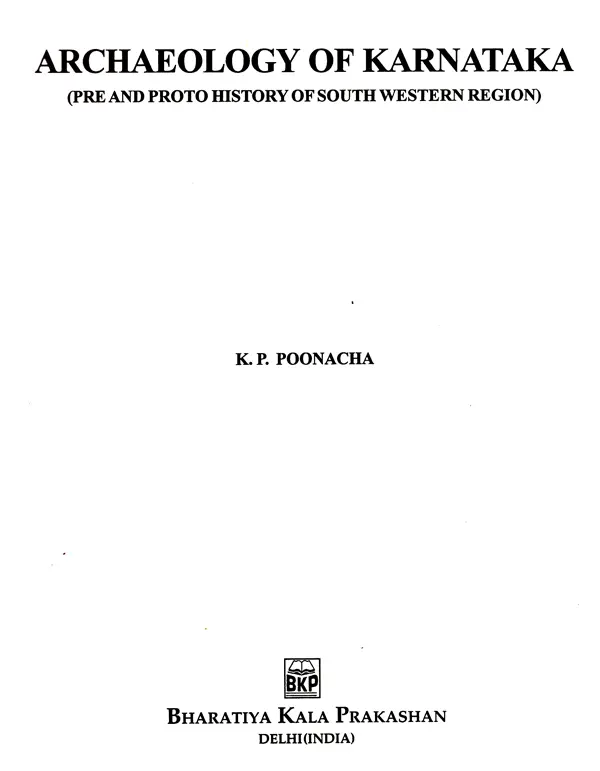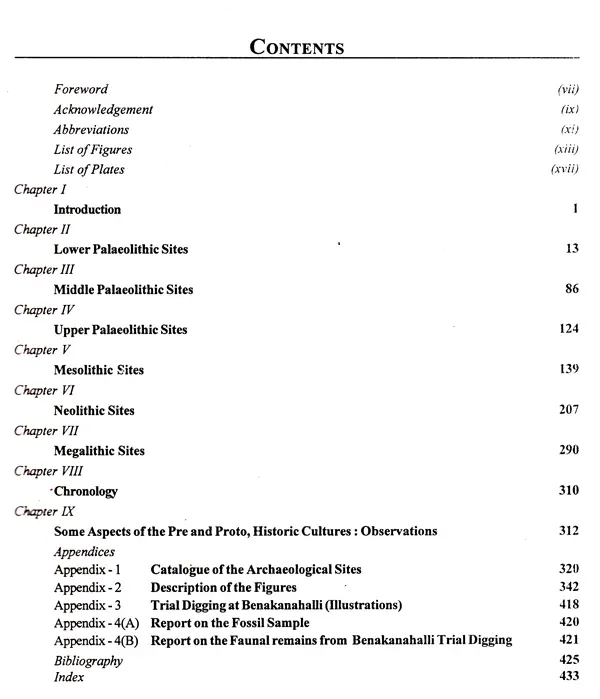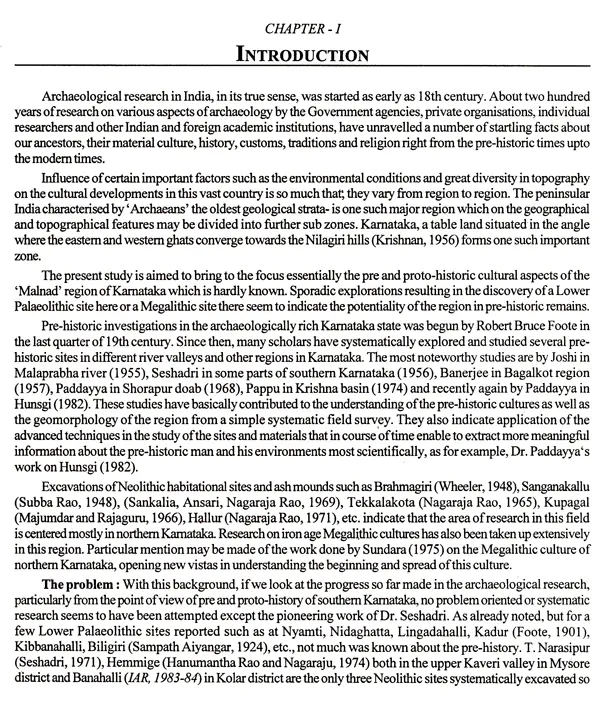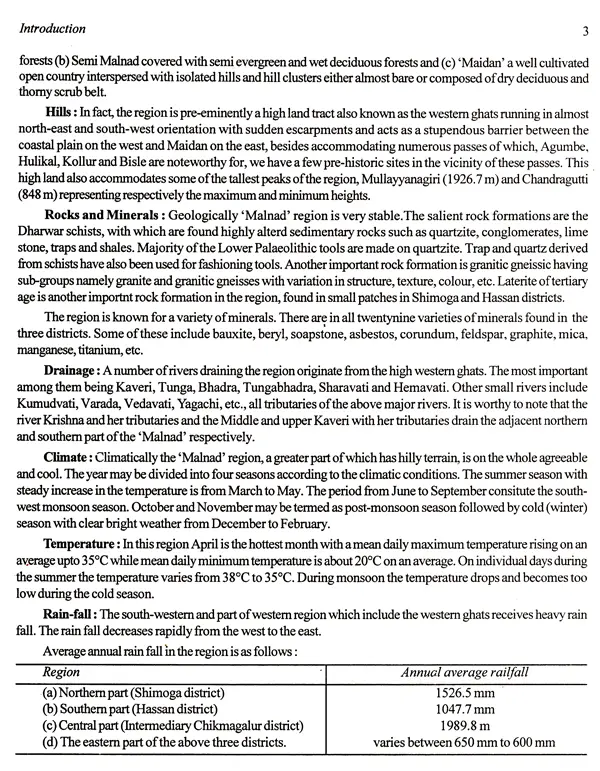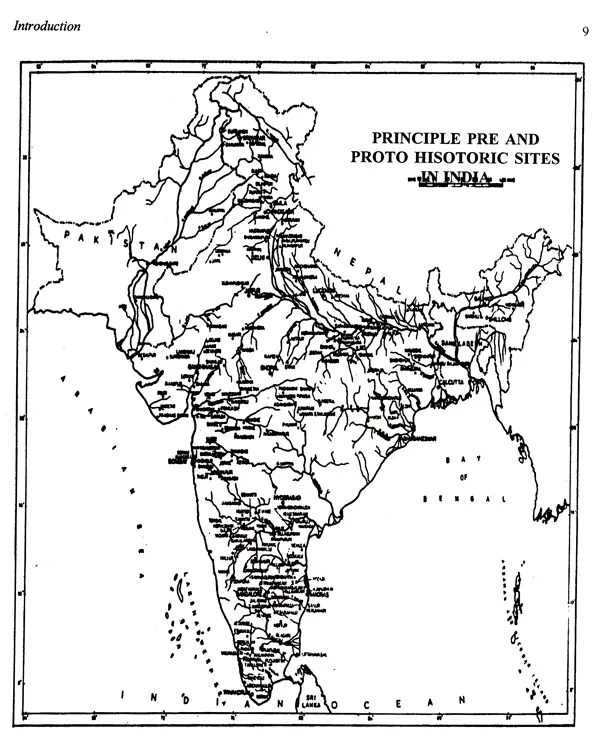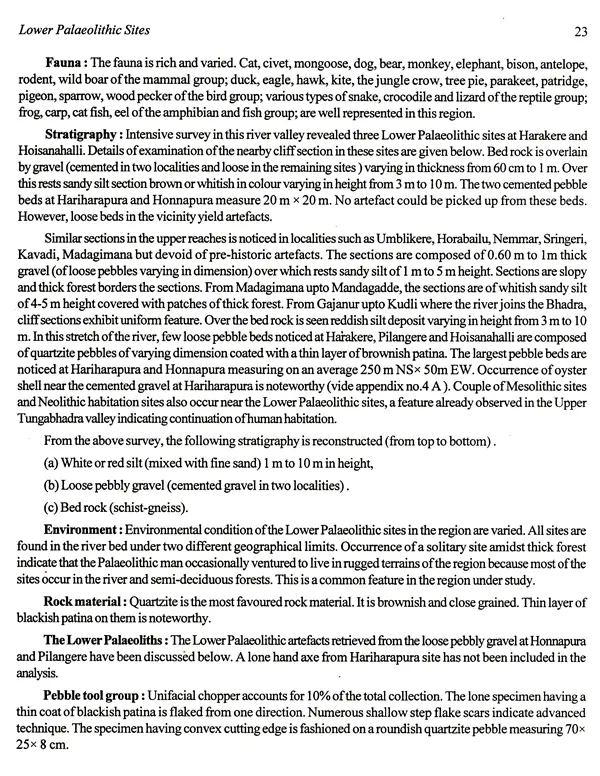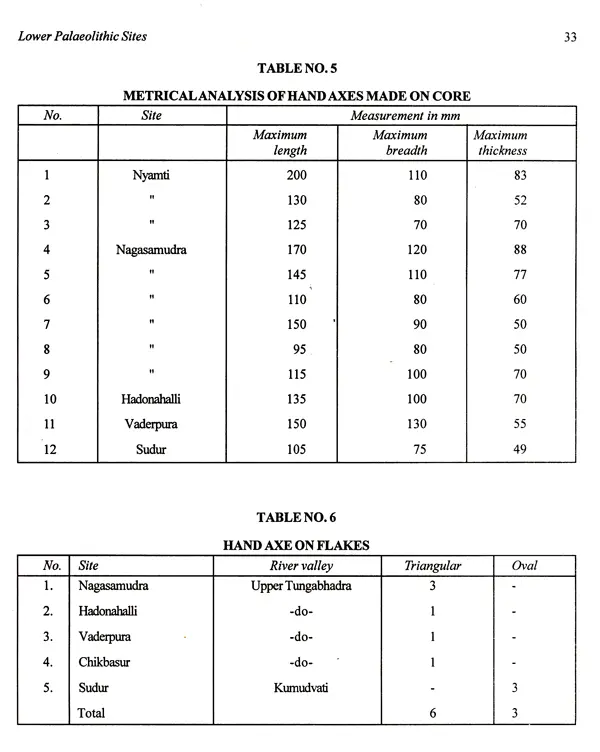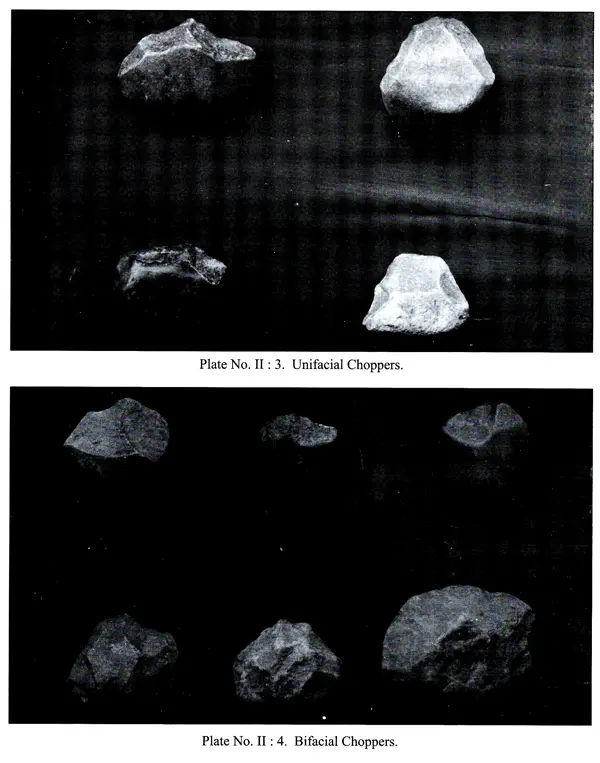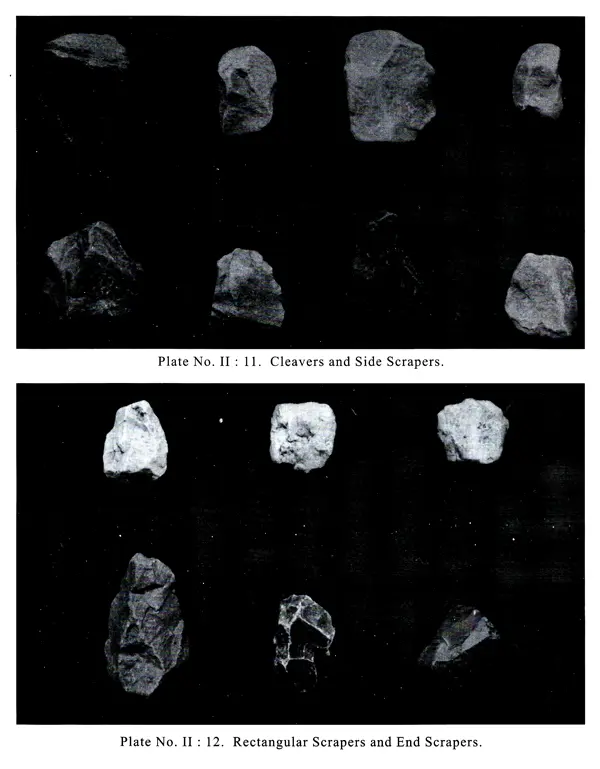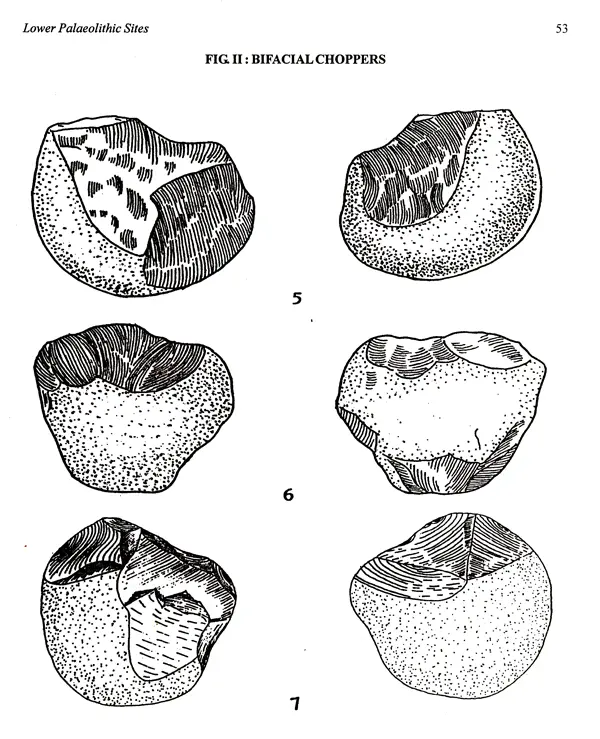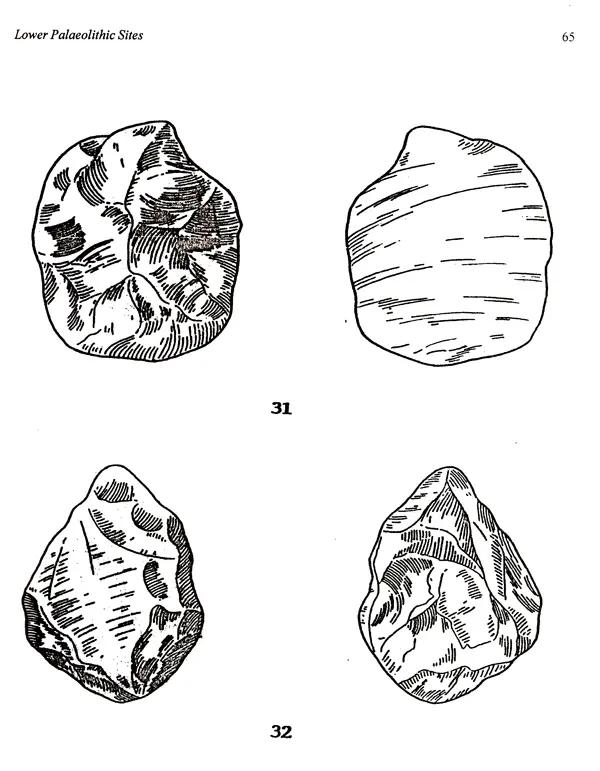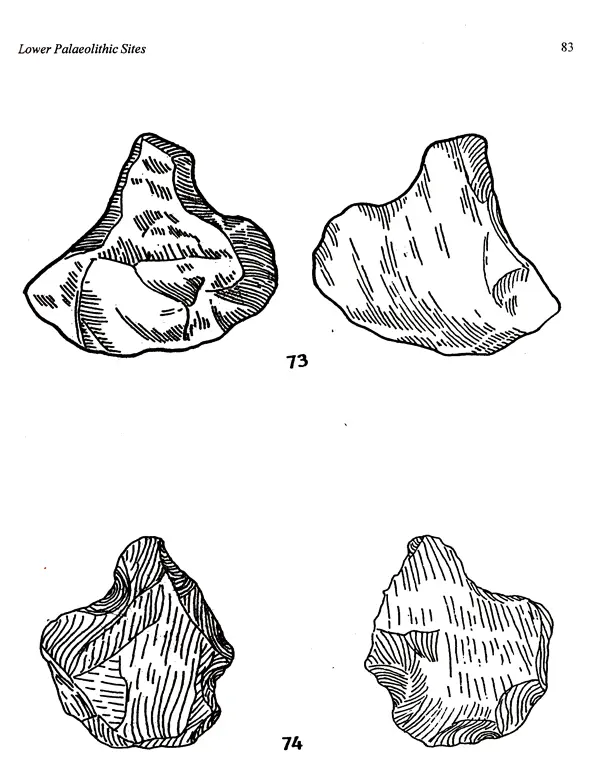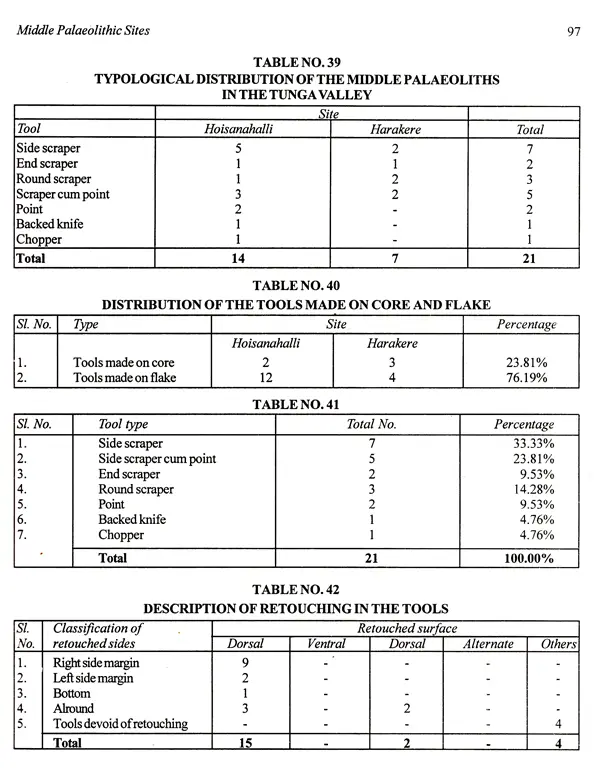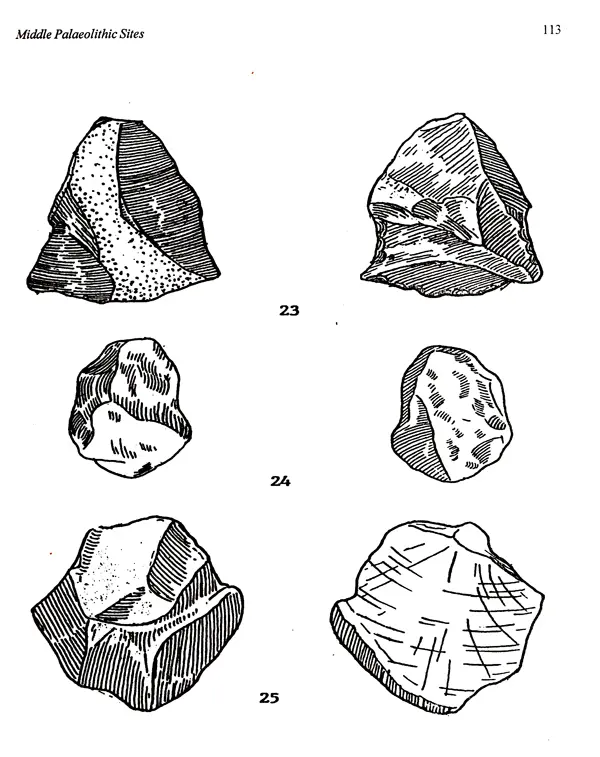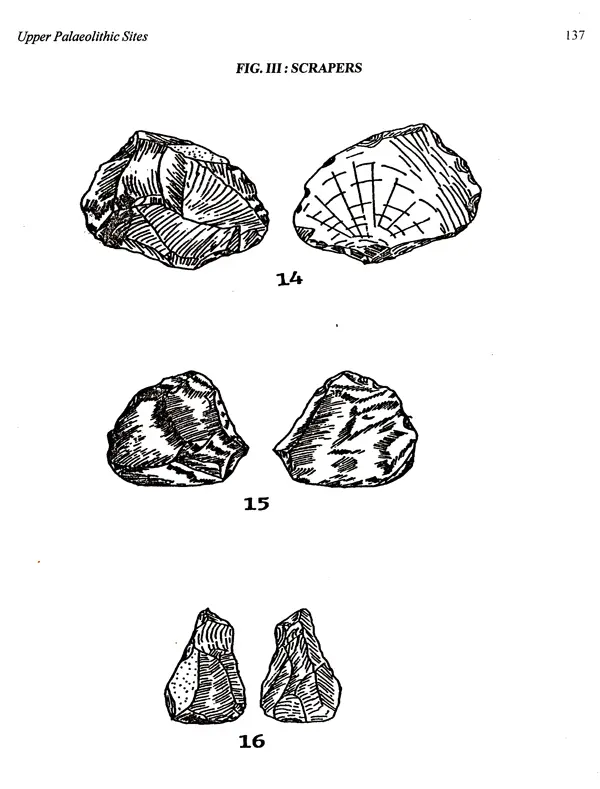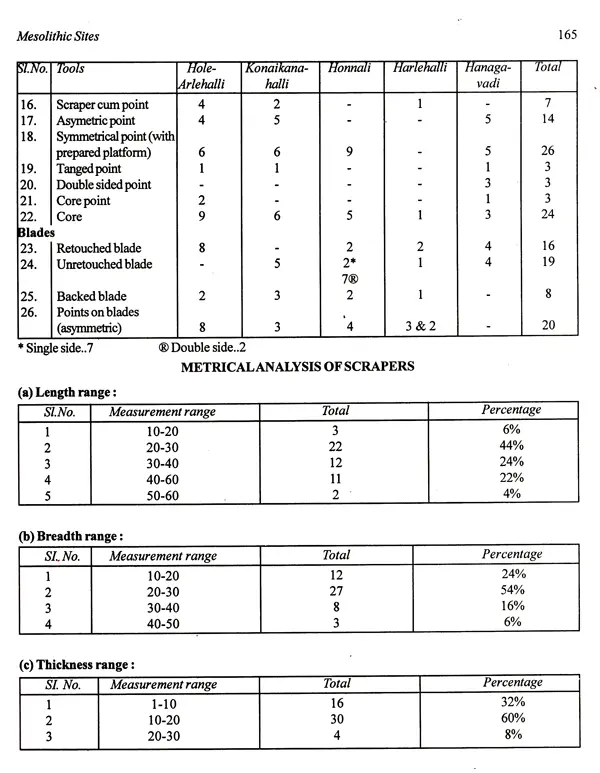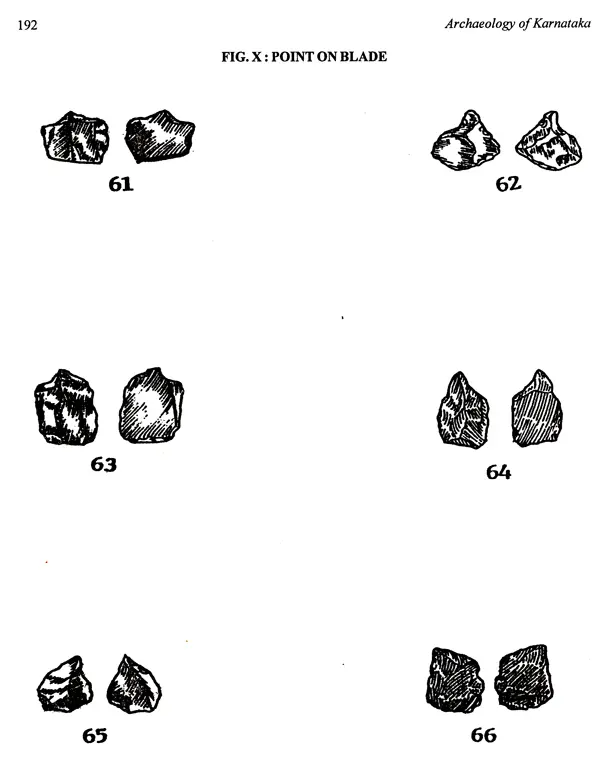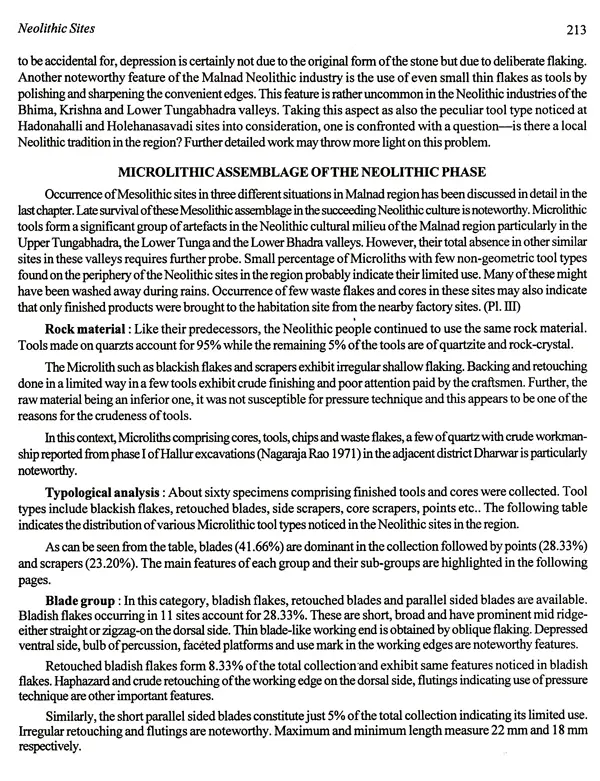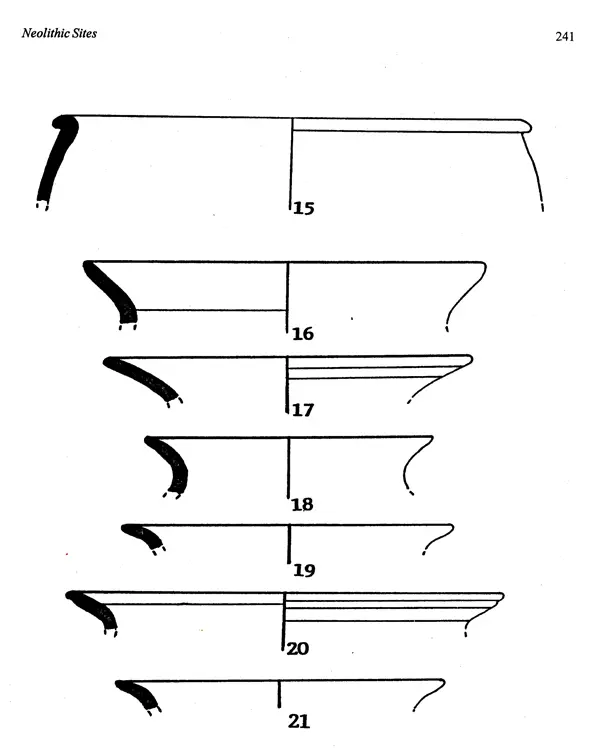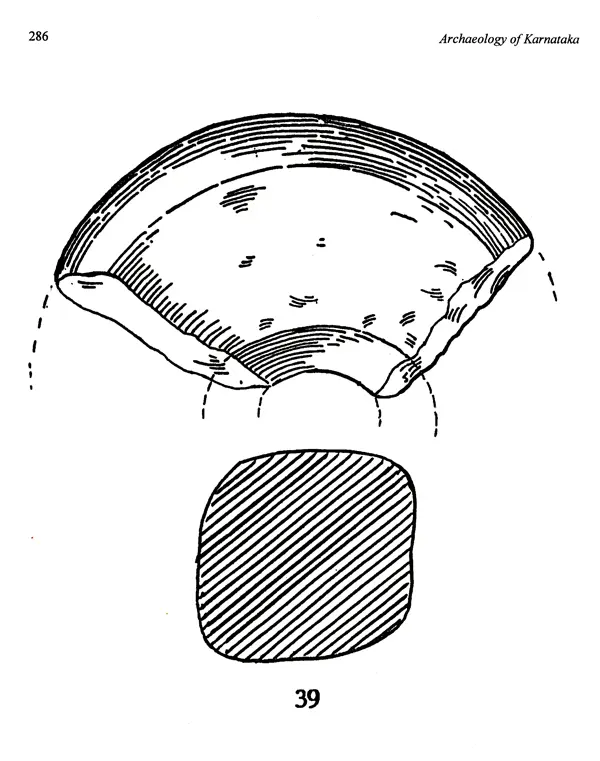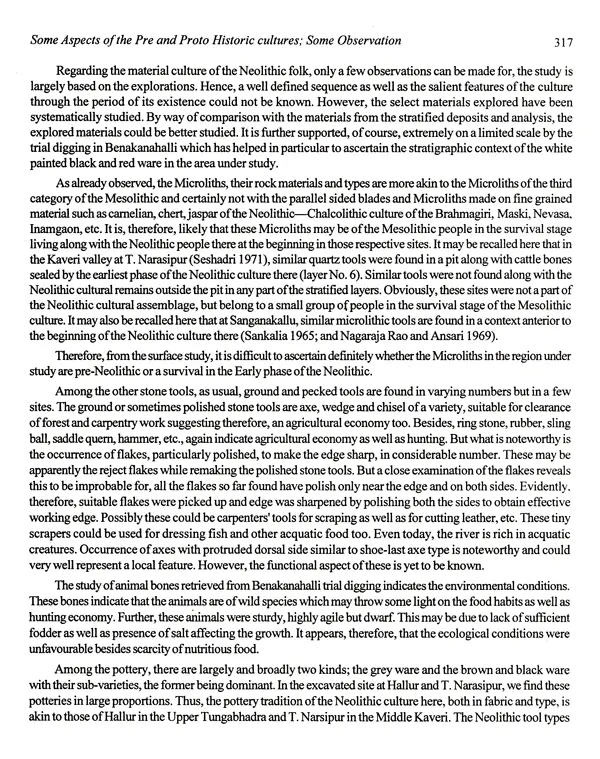
Archaeology of Karnataka: Pre & Proto History of South Western Region
Book Specification
| Item Code: | UAN400 |
| Author: | Dr. K. P. Poonacha |
| Publisher: | Bharatiya Kala Prakashan |
| Language: | English |
| Edition: | 2011 |
| ISBN: | 9788180900969 |
| Pages: | 438 |
| Cover: | HARDCOVER |
| Other Details | 11.00 X 9.00 inch |
| Weight | 1.65 kg |
Book Description
In the light of the above background, extensive explorations undertaken by the author in the river valleys of the Upper Cauvery, Tunga, Bhadra, Upper Tungabhadra, Hemavati, Kumudvati, the Vedavat and their tributaries have provided welcome light on various chronological stages of the palaeolithic cultures and occurrence of a upper palaeolithic site in the Upper Tungabhadra valley is very significant.
Mesolithic tools found as surface finds in different physiographical situations ranging from river valleys to hill tops or gravel beds near dried up water bodies denote a unique characteristics of this culture in the south-western part of Kamataka and exhibits similarity in their typo-technology, rock material to Mesolithic tools reported from sites in the northern Kamataka region or in the adjacent Tamilnadu, Kerala regions.
Interestingly, systematic explorations in the Upper Tungabhadra valley has yielded substantial number of Neo- Chalcolithic habitation sites with adequate assemblage of pottery of Neolithic chalcolithic, Megalithic appendage Indicating clearly that these regions were continuously inhabited and helps in reconstructing the processes of transformation from the hunting gathering stage to the food producing or village economy stage, particularly in this hilly country covered with dense forest.
The efforts of the author to locate the different types of Megalithic Sites in the Upper Cauvery and Upper Tungabhadra region and an occasional site at a higher altitude of 'Malnad hills' throws significant light on the selection of locations depending on the availability of suitable rock mterial, security and economic needs of the erstwhile Megalithic people of the region.
This book provides an excellent background for further studies in the region under reference and would be of great interest to the students of Pre and Proto-History in understanding the lesser known archaeological aspects of the south western part of Karnataka.
In the ASI, he worked in varias capacities and as Drector he locked after the works relating to Monuments, Antiquities & Museums Conservation Planning and World Heritage He has representad the country in the World Hantage Committee meetings held in different countries viz. Filland (2001), Hungary (2002), France (2003) China (2004), Lithuania (2006) New Zealand (2007), Spain (2009) and participated in the 17th Session of the UNESCO Gener Assembly meeting held at Paris in October 2009.
He is trained in the management, conservation law policy and adminstrative aspects of world heritage sites by UNITAR Hiroshima, Japan and has undergone International Training Course on Disaster Risk Management of Cultural Heritage at Rsumeikan University, Kyoto, Japan. Ho has paid academic visit to UK to study the management of World Heritage Sites under an UNESCO sponsored programme in 2003.
At the instance of Govt. of India. Dr. Poonacha has formulated conservation projects in 2005 for the development of Group of Temples at Kataaraj, Chakwal District in Pakistan and another project report for conservation of the group of monuments at Prambanan, Yogyakarta, a World Heritage Site in Indonesia, damaged due to a massive earthquake in 2006.
He has conducted detailed archaeological surveys of the important river valleys in Southem Kamataka which includes the upper Cauvery, Tunga, Bhadra, Hemavathi, Upper Tungabhadra, Kumudvat, Vedavati etc., and discovered numerous categories of sites viz., Lower, Middle & Upper Palaeolithic, Mesolithic, Neolithic, Megalithic and of Early Historic appendage Prehistoric sites discoved by him at Govardhan, Mahabalipuram, Hampl and early Historic, site at Brindavan am significant.
He underwent training in Archaeological excavations at Mathura. Important excavations directed by him include the two national projects at the medieval cities at Hampi and Fatehpur Sikri and excavations at Darasuram, Banavasi, Gudnapur etc. However, the most significant excavation carried out by him in the recent years is the excavations of Buddhist Stupa Site at Kanagannahalli (Sannati), in Chitapur Taluk of Gulbarga District. The site had been in occupation from 3rd century BC to 2nd-3rd centuries AD and is well known for inscribed relief of Mauryan emperor Asoka and other prominent Satavahana rulers besides the Jataka stories and the life of the Buddha (Report being published by ASI). Presently, he is finalizing the report on the Excavations on the Hampi World Heritage Site spread over three decades.
Dr. Poonacha has carried out extensive structural conservation of monuments including World Heritage Sites under the jurisdiction of Agra, Chennai, Bangalore and Dharwar Circles of ASI. As Joint Director General in charge of conservation, he was closely associated with the formulation of Conservation projects participated in the International Co-ordination Committee Meeting on. Conservation of Ta Prohm Temple at Cambodia in 2009.
He has participated in national and international workshops/symposiums both in India and abroad and has contributed papers in the field of Proto-history, Epigraphy, Art & Architecture, Numismatics and Excavations.
In fact, in pre-1970 the general perception then prevaling among archaeologists was, for quite some time, that prehistoric communities with their poor tool equipment would not have been able to penetrate into the regions of harsh environment with thick mantle of evergreen forest and heavy rainfall Yet occasional and chance discoveries of Mesolithic sites in Belekeri near Ankola (Uttara Kannada), a Neolithic site or Neoliths as for example at Nilaskal Shimoga (Shivamogga) dist., neoliths from Bandimatha and a few other sites dispelling gradually the notion that was realised to be wrong, emboldened some young field archaeolo gists to take up systematic survey of prehistoric sites/remains. Rajendran, P. based on his intensive field explorations in Netravati-Achankovil and his excavations at Tenmalai (Kerala) was the first to give a con vincing sequence of prehistoric cultures right from the Early Palacolithic to the Mesolithic of course with some gaps relating to the Middle and the Upper Palaeolithic. Statira Gazdar in Ratnagiri dist. Goudellar D.L both with emphasis more on the Prehistoric environment and Namibirajan highlighting the cultural develop ment, the latter two in Goa region, carried out similar researches. Thus Prehistoric cultural areas in the long stretch of the coastal land from Ratnagiri to mid Kerala are demarcated.
What remains in the core zone of Karnataka is the Malnad region that geographically constitutes the link between the coastal land and the Maidan with the Krishna-the Ghataprabha in the northwest and the Palar-pennar in the east and the Kaveri in the southeast. Stone-Age sites in the latter first two areas are systematically studied by R. V. Joshi, R. S. Pappu and M.Seshardi, in 1950s-early 1970s. What was further needed was the investigation of the link region i.e. the Malnad with but a few sites together of all categories known.
**Contents and Sample Pages**
